From interior design principles like Kanso and Seijaku to shinrin yoku, the art of forest bathing, Japanese culture celebrates nature, solitude, organisation, and mindfulness.
These last two principles in particular are encapsulated in a Japanese approach to money management known as “kakeibo”.
Keep reading to find out about this 100-year-old tradition and how you might apply it to your own household finances.
Kakeibo was the brainchild of Japan’s first female journalist and dates back to 1904
While the worst of the cost of living crisis may be behind us, the UK’s recent slide into a technical recession attests to the work still to do.
Despite recent cuts to National Insurance, your tax bill is likely still rising and this could be putting a strain on your household budget.
You might turn to kakeibo, which literally translates as “household financial ledger”. It is a term coined by Hani Motoko, widely thought of as Japan’s first female journalist, back in 1904.
In its simplest form, it involves making a note (keeping a financial ledger) of all of your incomings and outgoings throughout the month. We might have used a different name, but it’s an approach you’ve likely heard us advocating before.
The bulk of your income might arrive at around the same time, at the start of each month. This makes tracking your income easy.
Keeping tabs on a month’s worth of spending might be harder but stick with it. Write down everything you spend money on, whether by cash, card or via direct debits and standing orders.
At the end of each month, review your spending. This might seem onerous, but multiple apps on the market can help you automate this process.
These apps might not have been available to Motoko back in 1904 but you can incorporate them into her key principles now.
Try Emma, Plum, HyperJar or Snoop. They all have different features, but most will link to your accounts to provide real-time tracking. HyperJar, meanwhile, comes with a prepaid card that allows you to input your monthly budget and control spending that way.
Many of these apps will also help you with the next stage of the process: analysing the data.
Kakeibo could help you combine mindfulness and household budgeting
Sitting down to go through your spending each month is your chance to look for anomalies or obvious overspends.
You might have an ongoing subscription to a service you no longer use or see the true cost of restaurant or takeaway meals each month.
Identify the areas where you’re overspending then look at the effect of those overspends on your disposable income. How much could you save by cutting back and what would you do with the extra money?
Once you’ve reached this stage, the mindfulness side of kakeibo kicks in.
Now that you’ve seen where you’re spending your money, and the impact of these costs on your goals, focus on your spending during the next month.
More than 100 years after Motoko, Gen Z (those born between 1997 and 2012) have coined their own phrase for this careful approach to spending – “loud budgeting”.
Kakeibo uses 4 questions and a variation of the 50/30/20 budgeting technique
Think about how much you are willing to spend in each area of your life, and how much you’ll need to put aside to achieve your later-life goals. This won’t be an easy calculation and that’s why professional financial advice is so important.
We can help you find the right path from your financial position now to where you want to be in the future. But it could all begin with simple changes to your household budget.
Ask yourself four simple questions each month:
- How much money do I have available?
- How much money would I like to save?
- How much am I currently spending?
- How could I spend less next month?
Now split your monthly expenditure into four categories:
- Needs, like household bills and your mortgage
- Wants, like meals out and subscription services
- Culture, including theatre and museum trips, and books
- Unexpected emergencies like a car or boiler repair.
Set aside money for each and then see how much you are left with at the end of the month. Just be sure to allocate money for your needs first and put money aside to build up, and then maintain, an emergency fund.
You can split your remaining income between wants and culture. Being mindful of your spending in these areas might help you to maintain an emergency fund more easily, or to work more quickly toward your long-term goals.
Get in touch
With decades of experience, our Chartered Financial Planners have the expertise to help you plan your retirement your way. If you have any questions, please get in touch and speak to us today.
Please note
The value of your investment can go down as well as up and you may not get back the full amount you invested. Past performance is not a reliable indicator of future performance. Levels, bases of and reliefs from taxation may be subject to change and their value depends on the individual circumstances of the investor.
Workplace pensions are regulated by The Pension Regulator.


